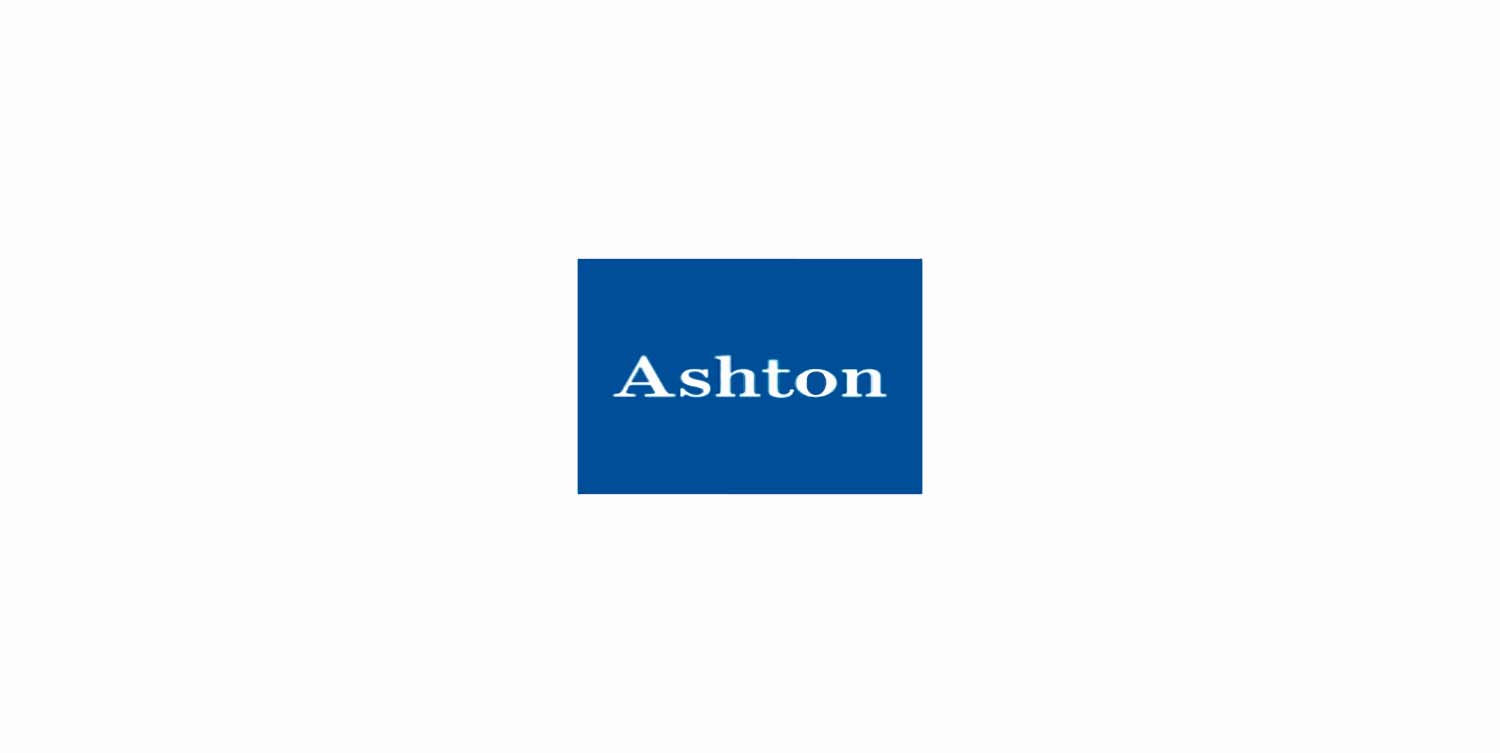Enter your email below to receive weekly updates from the Ashton College blog straight to your inbox.

Hairstylists-Industry Trends: The hairstyling industry is experiencing a significant transformation. Driven by shifting consumer preferences and emerging trends, hairstylists must adapt to stay relevant and successful. From the rise of online sales for hair products to the increasing demand for natural and sustainable options, as well as clients seeking additional experiences like massage and stress relief during their visits to a hairstylist, these changes are reshaping the way hairstylists work.
In this article, we’ll explore the key changes affecting the hairstyling industry, the reasons behind them, and effective ways to adapt. According to Red Seal Occupational Standard, these recent changes include new products and techniques, digital technology, the environmental aspect, and the health and safety of clients.
Rise of Online Sales of Hair Products
With the development of e-commerce, more consumers are purchasing hair products online. This shift has expanded the market beyond local clients to a global audience, offering convenience and a broader selection. The reasons include:
Consumers are increasingly seeking natural, organic, and sustainable hair care products. They are more conscious of the ingredients used and the environmental impact of the products they purchase. It’s happening because of:
Clients are no longer just seeking haircuts and colour treatments; they are looking for a holistic experience that includes relaxation and stress relief services like scalp massages, aromatherapy, and spa treatments. This is a popular trend these days because of:
Technology is playing an increasingly vital role in the hairstyling industry. From appointment scheduling apps to virtual consultations and augmented reality try-ons, salons are leveraging technology to enhance the client experience. The reasons are:
Clients are seeking personalized hair care solutions tailored to their unique needs and preferences. They are looking for customization due to:
The hairstyling industry is evolving rapidly, driven by changing consumer demands and emerging trends. Staying tuned to consumer preferences and being willing to innovate are key to maintaining a successful hairstylist business. Keeping informed and prepared is essential, and programs like the Red Seal Exam Prep Course can help hairstylists develop the skills and knowledge necessary to align with industry standards. If you’re a hairstylist looking to adapt to these trends, start implementing these strategies today. Embrace change, invest in your skills and technology, and prioritize your customers’ evolving needs.

View All Comments